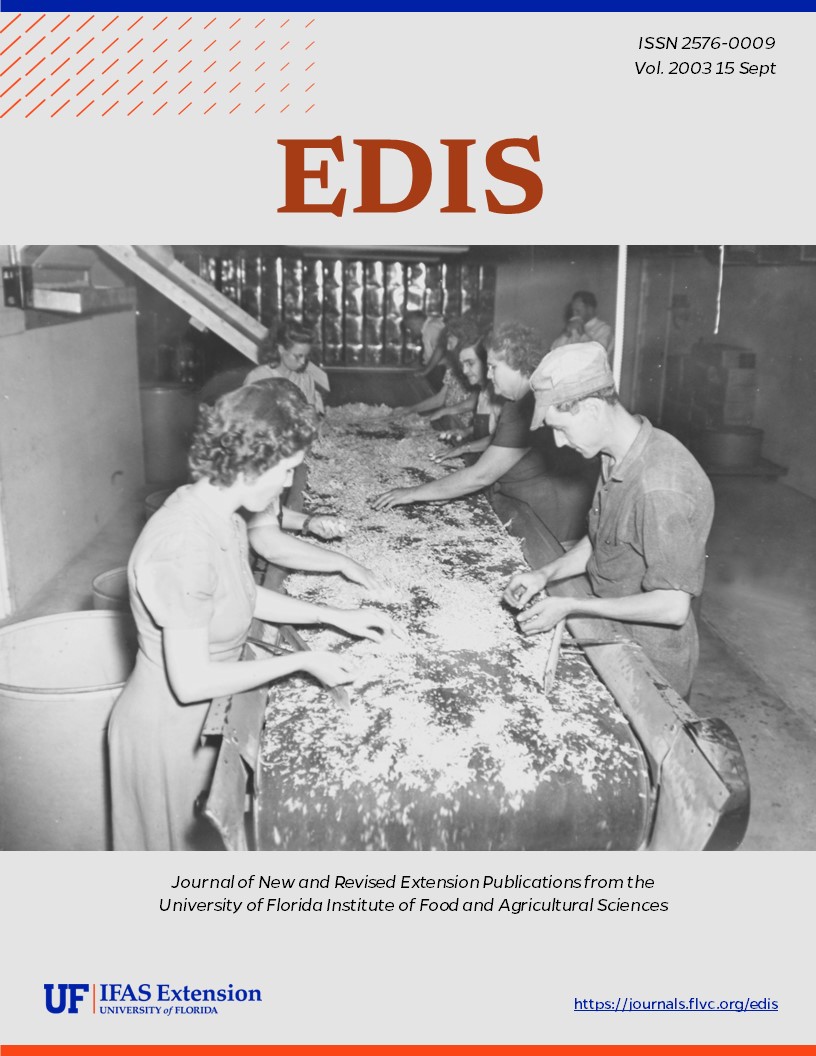Abstract
The twospotted spider mite, Tetranychus urticae Koch, has been controversial in its taxonomic placement. About 60 synonyms included under this species have compounded the controversy. The body of a spider mite is separated into two distinct parts: (1) the gnathosoma and (2) the idiosoma. The gnathosoma includes only the
mouthparts. The idiosoma is the remainder of the body and parallels the head, thorax and abdomen of insects. After hatching from the egg, the first immature stage (larva) has three pair of legs. The following nymphal stages and the adult have four pairs of legs. This document is EENY-150 (originally published as DPI Entomology Circular 89), one of a series of Featured Creatures from the Entomology and Nematology Department, Florida Cooperative Extension Service, Institute of Food and Agricultural Sciences, University of Florida. Published: August 2000.
References
Capinera, J.L., and O.N. Nesheim. (March 1992). Soaps and detergents for insect control. Pest Alert. http://extlab7.entnem.ufl.edu/PestAlert/jlc-0316.htm (8 August 2000).
Johnson, W.T., and H.H. Lyon. 1991. Insects that feed on trees and shrubs. 2nd ed., rev. Comstock Publishing Associates. 560 p.
Metcalf, R.L. and R.A. Metcalf. 1993. Destructive and Useful Insects. 5th Edition. McGraw-Hill, Inc. New York.
Mizell, R.F., D.E. Short and T.R. Fasulo. (1999). Spider mites. WoodyPest. http://woodypest.ifas.ufl.edu/mites.htm (5 June 2000).
Osborne, L.S., L. E. Ehler, and J. R. Nechols. (July 1999). Biological control of the twospotted spider mite in greenhouses. http://www.mrec.ifas.ufl.edu/lso/SpMite/b853a1.htm (13 September 2002).
Tuttle, D. M. and E. W. Baker. 1968. Spider mites of southwestern United States and a revision of the family Tetranychidae. Univ. of Arizona Press. 143 p.
Unless otherwise specified, articles published in the EDIS journal after January 1, 2024 are licensed under a Creative Commons Attribution-NonCommercial-NoDerivs 4.0 International (CC BY-NC-ND 4.0) license.

